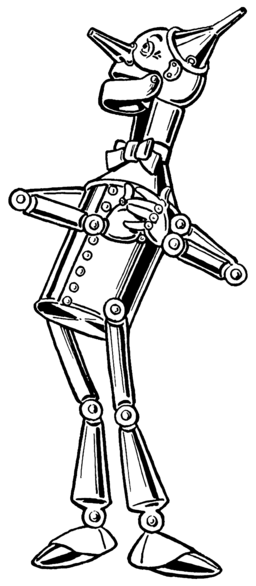(From Atlas Obscura, by SOMMER MATHIS)
[Mary’s note: I immediately remembered reading the entire Dark Forces series as a kid as soon as I saw these photos! I had forgotten them, but remembered reading all these fun books, with some mild scariness, that I grabbed from the library!]
“THERE’S SOMETHING ABOUT THE BOOKS we read as kids that stick with us, regardless of whether they were particularly good. These days, I couldn’t tell you what was important about most of the canonical texts I read freshman year of college, let alone the plot of the light-read detective novel I picked up last summer at the beach. But somehow I can recall, with vivid detail, scenes from nearly every trashy preteen book series I devoured in the late 1980s and early ’90s.
Yes, that includes The Nancy Drew Files and Sweet Valley High and The Baby-Sitters Club, all of which no doubt many women my age remember with a fierce fondness. But it also includes Sharon Dennis Wyeth’s short-lived Pen Pals series, about a quartet of roommates at an all-girls boarding school who strike up a correspondence with a group of boys, and Eve Becker’s fantasy-driven Abracadabra books, which chronicle the adventures of Dawn, a 13-year-old who suddenly gains magical powers. In particular, my drug of choice one long, hot summer were the Dark Forces books, a packaged series of occult-based young-adult horror that made me feel—crucially, at the age of 11—like I was getting away with something naughty.

I’m certain I don’t remember these long out-of-print series so well because they were works of genius. To the contrary, the storylines and writing were of relatively low nutritional value, as these things go.
Continue reading What Children’s Book Do You Remember That No One Else Does?





